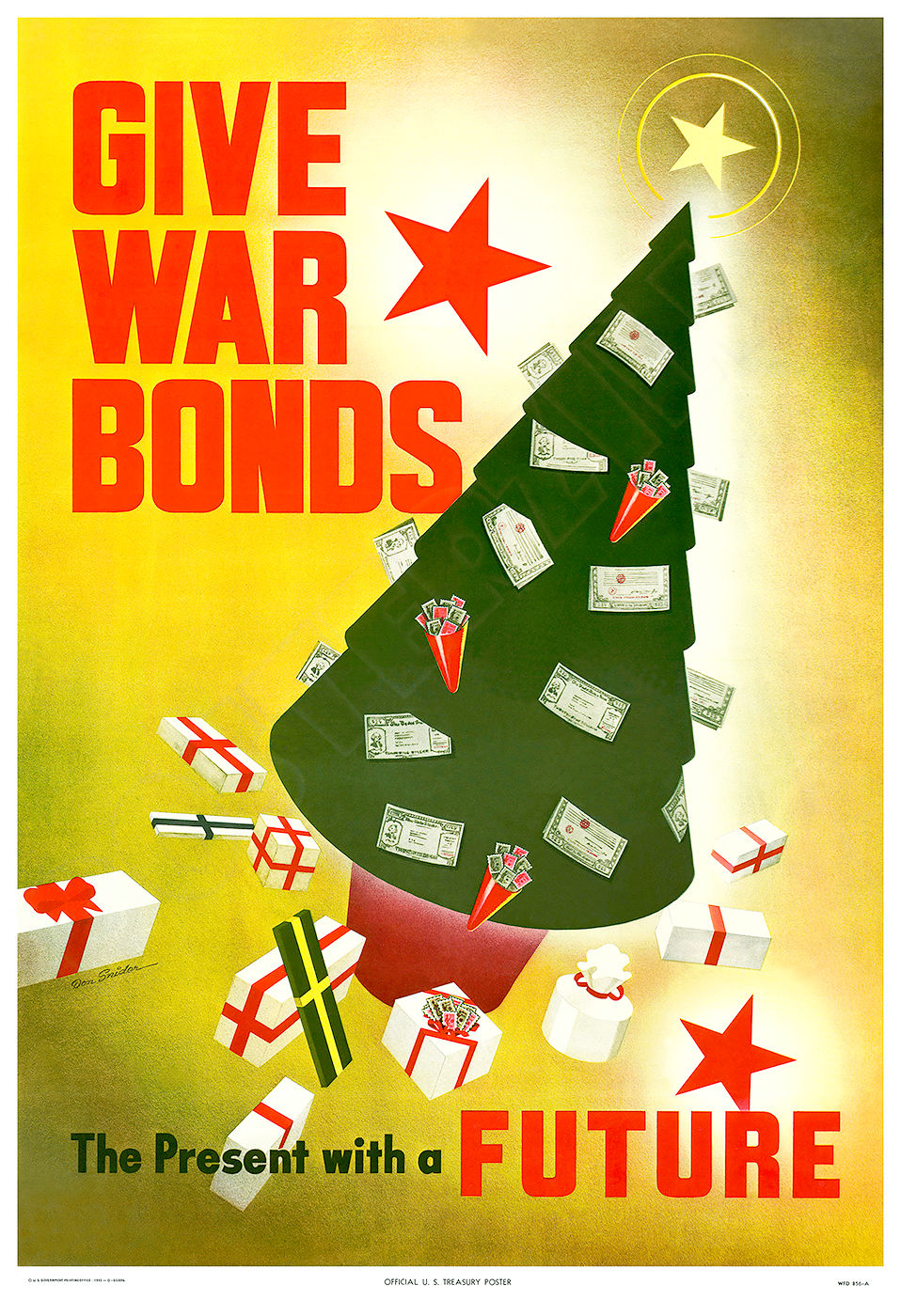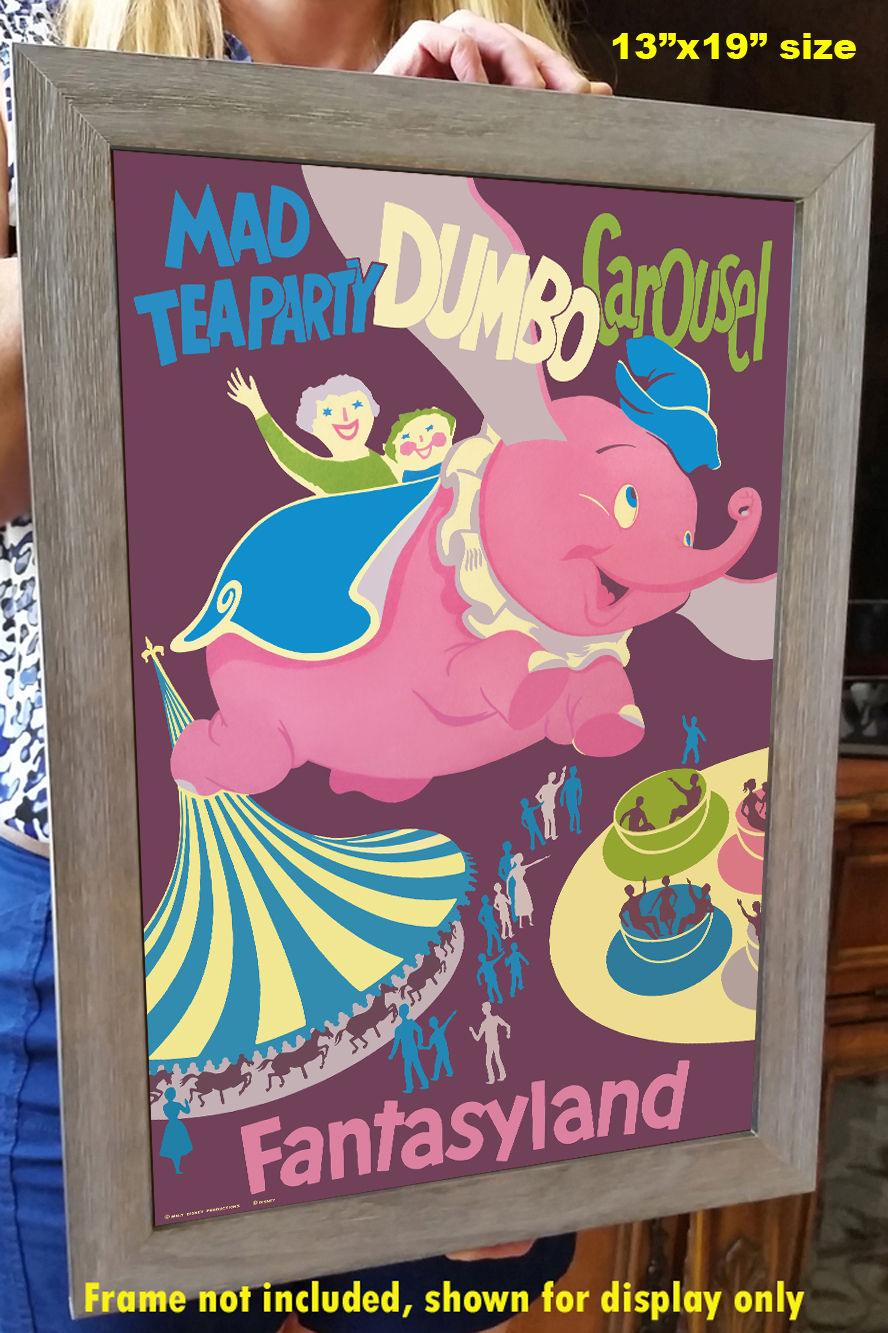These are simply the best posters available! You will be thrilled with the image quality, vivid colors, fine paper, and unique subjects.
OUR POSTERS ARE SIZED FOR STANDARD OFF-THE-SHELF FRAMES, WITH NO CUSTOM FRAMING REQUIRED, PROVIDING HUGE COST SAVINGS!
This beautiful reproduction poster has been re-mastered from a 1969 advertising poster for United Airlines service to Milwaukee, Wisconsin.
The vibrant colors and detail of this classic image have been painstakingly brought back to life to preserve a great piece of history.
The high-resolution image is printed on heavy archival photo paper, on a large-format, professional giclée process printer. The poster is shipped in a rigid cardboard tube, and is ready for framing.
The 13"x19" format is an excellent image size that look great as a stand-alone piece of art, or as a grouped visual statement. These posters require no cutting, trimming, or custom framing, and a wide variety of these frames are readily available at your local craft or hobby retailer, and online.
A great vintage print for your home, shop, or business!
HISTORY OF MILWAUKEE AND UNITED AIRLINES
MILWAUKEE – From the Wisconsin Historical Society
Wisconsin's largest city lies on Lake Michigan, where the Milwaukee, Menomonee and Kinnickinnic Rivers come together. People had lived there for more than 13,000 years before the first Europeans arrived. At that time Milwaukee was neutral ground shared by several American Indian tribes.
The city's modern history began in 1795 when fur trader Jacques Vieau (1757-1852) built a post along a bluff on the east side, overlooking the Milwaukee and Menomonee rivers. Vieau was a seasonal resident, and in 1818 transferred his Milwaukee assets to his son-in-law, Solomon Juneau (1793-1856). Juneau is generally considered not only the city's first permanent white resident, but also its founder.
In 1822, Solomon Juneau built the first log cabin in Milwaukee, and two years later, the first frame building. In 1831, he became an American citizen and began to learn English, and in 1833 he partnered with Morgan Martin (1805-1887) to develop a village on the east side. In 1835, Juneau and Martin laid out streets, platted lots, and began selling them to new settlers. Over the next two decades, Juneau served as Milwaukee's postmaster and mayor, built its first hotel and courthouse, started its first newspaper, and backed almost every public improvement.
Between 1835 and 1850, Milwaukee's population grew from a handful of fur traders to more than 20,000 settlers. Three separate villages were started: Juneau's, east of the Milwaukee River and north of the Menomonee; Byron Kilbourn's across from Juneau's, on the west bank of the Milwaukee; and Walker's Point, across the Menomonee from the other two. In 1846, the three villages incorporated into a single city. By then, Milwaukee rivaled Chicago in size, wealth and potential, but in 1848, the Illinois city secured railroad and telegraph connections that enabled it to eclipse Milwaukee.
Between 1846 and 1854, a wave of German immigrants arrived, bringing with them expert industrial skills, refined culture, liberal politics, and Catholicism. Milwaukee soon became a center of foundry, machinery, and metal-working industries, as well as a center for brewing and grain trading. During the last third of the 19th century, visitors often commented on Milwaukee's refined German culture, European elegance, and prosperity.
During the 1930s, the city was hit especially hard by the national depression. The number of people with jobs fell by 75% and 20% of residents needed direct relief from the government. The number of strikes increased sevenfold between 1933 and 1934, and conditions only improved when World War II demanded huge amounts of factory goods between 1941 and 1945.
Since 1970, manufacturing has ceased to dominate Milwaukee's economy, although traditional industries such as heavy machinery, tools, engines and brewing survive. Instead, businesses in the service sector, such as health care, banking, insurance, and retail sales, now employ most Milwaukee workers.
UNITED AIRLINES
United Airlines traces its roots to Varney Air Lines (VAL), which Walter Varney founded in 1926 in Boise, Idaho. Continental Airlines is the successor to Speed Lanes, which Varney had founded by 1932 and whose name changed to Varney Speed Lines in 1934. VAL flew the first privately contracted air mail flight in the U.S. on April 6, 1926.
After World War II, United gained from a boom in customer demand for air travel, with its revenue per passenger-miles jumping five-fold in the 1950s, and continued growth occurring through the next two decades. From 1953 until 1970 United offered "men only" flights which forbade children and women (with the exception of two female flight attendants per flight). The airline allowed passengers to smoke and offered complementary cigars as well as drinks, and a steak dinner.
In 1954, United Airlines became the first airline to purchase modern flight simulators which had visual, sound, and motion cues for training pilots. Purchased for US$3 million (1954) from Curtiss-Wright, these were the first of today's modern flight simulators for training of commercial passenger aircraft pilots.
United merged with Capital Airlines in 1961, which helped United to regain its position as the "number one airline" in the U.S. In 1968, United Airlines became a subsidiary of the UAL Corporation. United experienced several periods of labor unrest during the 1970s, and the Airline Deregulation Act of 1978 forced United to scale down its operations to remain profitable.
In 1982, United became the first carrier to operate the Boeing 767, taking its first delivery of 767-200s on August 19. In May 1985, the airline underwent a 29-day pilot strike over management's proposed "B-scale" pilot pay rates.
The aftermath of the Gulf War and increased competition from low-cost carriers led to losses in 1991 and 1992. In 1994, United's pilots, machinists, baggage handlers, and non-contract employees agreed to an Employee Stock Ownership Plan (ESOP), acquiring 55 percent of company stock in exchange for 15–25 percent salary concessions. This made the carrier the largest employee-owned corporation in the world. United also launched low-cost subsidiary Shuttle by United in 1994, which was a high frequency, west coast-based carrier that remained in operation until 2001.
top of page
$19.95Price
Color: Multi
These are simply the best posters available! You will be thrilled with the image quality, vivid colors, fine paper, and unique subjects.
Our posters are sized for standard off-the-shelf frames, with no custom framing required, providing huge cost savings!
Related Products
bottom of page































